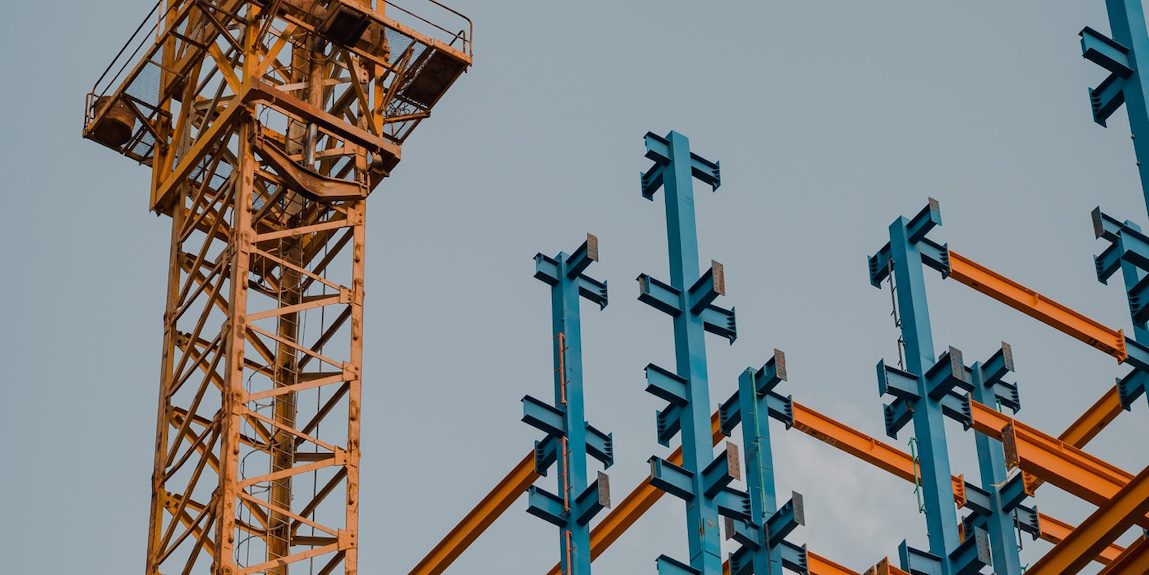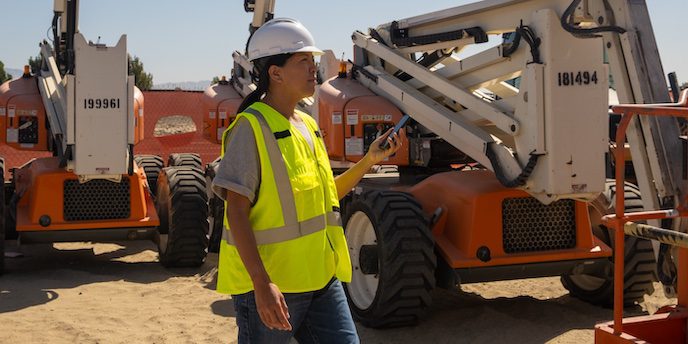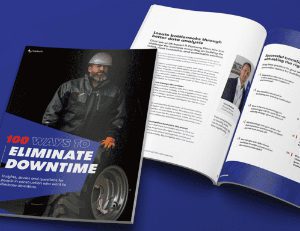

I wrote in July that I was fundamentally in favor of the EU Data Act that is currently winding its way around the labyrinth that is the Brussels decision-making process and you’ll not be surprised to know that I haven’t changed my view.
While I’m a pragmatist, I also have an ideological position to defend here and much of the foundation of the model on which we believe the construction industry can prosper is premised on the principle that the transparent sharing of data is key to making the industry better.
So, when the Committee for European Construction Equipment (CECE) came out in October listing nine key concerns about the act, it might have looked like we were at opposite ends of the argument. Given that we recently joined the CECE that might seem to be quite the problem, but it’s actually a lot more nuanced than that and we’re not poles apart. Here I’ll try to explain why.
Let’s quickly retrace the narrative and set the context. The Data Act was announced in February 2022 and builds on a series of data regulations that have, as one example, given consumers more control over their data through GDPR.
The new act will, says the EU, make it incumbent on the data holder to make it available to users without undue delay, cost, and, ideally, continuously in real-time. That in turn will lead to savings of 10-20% in the transport and construction sectors and generate an extra €270 billion in the EU economy by 2028, Brussels adds.
‘There is data that has to remain within the orbit of the generator effectively protecting business data as the CECE also argues, and it’s not relevant to share it all.’
I’m inclined to agree but I do have caveats and, as it turns out, those caveats get an echo in the CECE statement. The CECE states as an example that “the definition of data should be narrowed and limited to data that is being generated by the use of the product, based on this original data set and linked to a related service.”
I couldn’t agree more. There is data that has to remain within the orbit of the generator effectively protecting business data as the CECE also argues, and it’s not relevant to share it all. But it is, nevertheless, relevant to share some and this may be one of those areas where there is a difference of degree.
If we can set a bar at say, 20%, and that’s a randomly chosen figure for the purposes of this argument, then the sharing of that much data should set a parameter that enables more efficient mechanisms in the after-market services area to develop without forcing the OEMs to give up information that they have generated at considerable investment cost (another of the CECE objections) without compensation.
OEMs do need to recoup their investment and their margins are getting slimmer and slimmer. If they are forced into a scenario where the entire after-market services arena could see an influx of third-party service providers utilizing the data they have generated at no cost whatsoever, that would be entirely unfair. They would potentially lose their competitive advantage and give up a stronghold they have worked hard to build.
But there is also a different scenario that could unfold here. We have a data model that can create a digital twin which is effectively an expression of the physical machine that will remain entirely within the domain of the OEMs.
What do we mean by digital twin? IBM defines it as a virtual model designed to accurately reflect a physical object. For our purposes — that is construction — it can be where the OEMs are able to develop over time key insights that will hugely benefit the industry and enable them to reorientate their business models towards predictive analytics that add value as a whole.

This takes time. It also takes money. And it perhaps also requires a slight shift in mindset. Instead of occupying a ‘hold-what-we-have’ mentality, this propels the argument towards a ‘what-is-the-opportunity?’ way of thinking. It’s why I’m also more than willing to endorse the CECE’s proposal for extending the passage from 24 to 36 months giving them more time to prepare and put in the building blocks towards the creation of such insight-led models.
But any delay in the process has to be used to get to that figurative platform. If all it does is result in some kicking of the can down the road and a further retrenchment against the act, it will be a missed opportunity. And it will also be somewhat pointless. The EU is firmly committed to its drive on all aspects of data as the last decade shows and the act is almost certain to happen. That means, like it or not, finding the best solution for the OEMs is the key to making this work in their favor.
‘The EU is firmly committed to its drive on all aspects of data as the last decade shows and the act is almost certain to happen.’
And they can turn it in their favor. By democratizing innovation around machine insights, the OEM will emerge as the sole owner and beneficiary of the liberalized data creating an ecosystem that will vastly benefit the industry and boost their market. Remember the dongle debate in the US in the 1990s which I touched on earlier this year? That sparked a huge and unforeseen revolution in vehicle telematics that has led to the kind of insight-rich dashboards in cars that are commonplace today. That’s what we could see here if we seize the moment.
If we turn to other objections made by the CECE, it has valid arguments regarding ‘the right of ownership/managing access rights’ needing clarification, the one-size fits all model, and the blurring of the lines between what is a data holder and what is a user within the context of complex industrial relations. That doesn’t mean these can’t be worked through though.
And no-one argues that constructing this data architecture isn’t a daunting undertaking and we have to allow for that if we are to get to such a position. But there’s a lot we can do here. And it’s why I haven’t altered my position that the act will ultimately be a good thing for construction.
The CECE’s objections are valid. They do need to be addressed. But the more we work with the act, the better the outcome will be.
Want to hear more about data, technology, and strategy? The Inside Eliminate Downtime newsletter provides you with insights and three interesting reads once a month. Sign up today.

Never miss an insight. We’ll email you when new articles are published on this topic.


